Geographical Factors Influencing Public Participation in Architectural Heritage Conservation: A Case Study of Chinese Wooden Arch Corridor Bridges
Abstract
1. Introduction
1.1. Research Progress
1.2. Research Purpose
2. Materials and Methods
2.1. Research Object
2.2. Research Method
2.2.1. Index Selection and Data Sources
2.2.2. Evaluation Index Standardization Processing
2.2.3. TOPSIS Weighted Sort Introduction
2.2.4. POE Method Verification
2.2.5. Cluster Analysis
3. Results and Analysis
3.1. AHP Composite Score
3.2. TOPSIS Weighted Sort
3.3. POE Method Investigation and Verification Results
3.4. Wooden Arch Corridor Bridge Classification
3.5. Relative Proximity Variation
3.6. Wooden Arch Corridor Bridge Distribution and Public Participation
4. Discussion
5. Conclusions
Author Contributions
Funding
Data Availability Statement
Acknowledgments
Conflicts of Interest
References
- Foroughi, M.; de Andrade, B.; Roders, A.P.; Wang, T. Public participation and consensus-building in urban planning from the lens of heritage planning: A systematic literature review. Cities 2023, 135, 104235. [Google Scholar] [CrossRef]
- Landorf, C. A framework for sustainable heritage management: A study of U.K. Industrial heritage sites. Int. J. Herit. Stud. 2009, 15, 494–510. [Google Scholar] [CrossRef]
- Li, J.; Krishnamurthy, S.; Rodgers, A.P.; Van Wesemael, P. Community participation in cultural heritage management: A systematic literature review comparing Chinese and international practices. Cities 2020, 96, 102476. [Google Scholar] [CrossRef]
- Martinović, A.; Ifko, S. Industrial heritage as a catalyst for urban regeneration in post-conflict cities case study: Mostar, Bosnia and Herzegovina. Cities 2018, 74, 259–268. [Google Scholar] [CrossRef]
- Mirzakhani, A.; Turró, M.; Jalilisadrabad, S. Key stakeholders and operation processes in regenerating historical urban fabrics in Iran. Cities 2021, 118, 103362. [Google Scholar] [CrossRef]
- Echendu, A.J. Urban planners’ perspectives of public participation in planning in Nigeria. SN Soc. Sci. 2023, 3, 33. [Google Scholar] [CrossRef]
- Mushkani, R.A.; Ono, H. Urban planning, political system, and public participation in a century of urbanization: Kabul, Afghanistan. Cogent Soc. Sci. 2022, 8, 2045452. [Google Scholar] [CrossRef]
- Qi, R.; Zhou, T.; Dong, W.; Pan, R.M.; Qin, Y. A Review of Public Participation Research on Urban and Rural Heritage Conservation in China in the Past 20 Years. City Plan. Rev. 2021, 45, 105–118. [Google Scholar]
- Finka, M.; Ondrejiˇcka, V.; Jamečný, Ľ.; Husár, M. Public participation procedure in integrated transport and green infrastructure planning. IOP Conf. Ser. Mater. Sci. Eng. 2017, 245, 052054. [Google Scholar] [CrossRef]
- Fu, L.; Cao, L.; Huo, Y. Study on Public Participation in the Protection and Management of World Heritage Canals. Mod. Urban Res. 2021, 8, 53–58+65. [Google Scholar]
- Pérez-Soba, M.; Paterson, J.; Metzger, M.J.; Gramberger, M.; Houtkamp, J.; Jensen, A.; Murray-Rust, D.; Verkerk, P.J. Sketching sustainable land-use in Europe by 2040: A multi-stakeholder participatory approach to elicit cross-sectoral visions. Reg. Environ. Change 2018, 18, 775–787. [Google Scholar] [CrossRef]
- Snis, U.L.; Olsson, A.K.; Bernhard, I. Becoming a smart old town—How to manage stakeholder collaboration and cultural heritage. J. Cult. Herit. Manag. Sustain. Dev. 2021, 11, 627–641. [Google Scholar] [CrossRef]
- Han, Y.; Lin, Z.; Peng, H.; Chen, J.; Peng, D. Public Participation in Architectural Heritage Conservation—The Case of Wooden Arch Corridor Bridge “Qiansheng Bridge”. Sustainability 2024, 16, 1581. [Google Scholar] [CrossRef]
- Bashir, A.; Sawhney, V. Uncovering the impediments to successful built heritage management using stakeholder analysis. J. Cult. Herit. Manag. Sustain. Dev. 2024, 13, 685–702. [Google Scholar] [CrossRef]
- Zhang, S. The protection of intangible cultural heritage and the development of contemporary rural communities take “Huimin clay Sculpture” and “Changyi burnt Daniu” in central Shandong as examples. Ideol. Front. 2017, 43, 140–149. [Google Scholar]
- Biondi, L.; Demartini, P.; Marchegiani, L.; Marchiori, M.; Piber, M. Understanding orchestrated participatory cultural initiatives: Mapping the dynamics of governance and participation. Cities 2020, 96, 102459. [Google Scholar] [CrossRef]
- Gong, D. Investigation Report of Wooden Arcade Bridge in Fujian; Science Press: Beijing, China, 2013; pp. 32–37. [Google Scholar]
- Liu, J. The Architectural Artistry of China’s Timber Arch Covered Bridges; People’ Fine Arts Publishing House: Shanghai, China, 2017; pp. 336–337. [Google Scholar]
- Hwang, C.L.; Yoon, K. Multiple Attribute Decision Making: Methods and Applications; Springer: Berlin/Heidelberg, Germany, 1981. [Google Scholar]
- Luo, Y.; Zhou, Y.; Chen, Z. Landscape quality evaluation of ecological tea garden based on AHP-TOPSIS-POE combination model. Econ. Geogr. 2020, 40, 183–190. [Google Scholar] [CrossRef]
- Mishra, P.S.; Muhuri, S. Grading of architectural heritage using AHP and TOPSIS methods: A case of Odishan Temple, India. J. Cult. Herit. Manag. Sustain. Dev. 2021, 12, 444–477. [Google Scholar] [CrossRef]
- Elhachmi, D.; Bahi, L.; Ouadif, L.; Bahi, A. Evaluation of Historical Portals Using AHP and TOPSIS—Case of Salé Medina in Morocco. Int. J. Adv. Res. Eng. Technol. (IJARET) 2020, 11, 292–299. [Google Scholar]
- Du, Y.; Chen, W.; Cui, K.; Zhang, K. Study on Damage Assessment of Earthen Sites of the Ming Great Wall in Qinghai Province Based on Fuzzy-AHP and AHP-TOPSIS. Int. J. Archit. Herit. 2019, 14, 903–916. [Google Scholar] [CrossRef]
- Li, Y.; Liu, J.; Zhu, W.; Luo, J. Country Park Landscape Quality Evaluation and Optimization Strategies Based on the AHP-TOPSIS-POE Model: A Case Study of Four Country Parks in Shanghai. Adv. Urban Reg. Dev. Plan. 2023, 1, 1–21. [Google Scholar] [CrossRef]
- Wang, T. The French Rural Cultural Heritage Protection System and Its Implications. Southeast Cult. 2019, 4, 12–17. [Google Scholar]
- Tang, C.; Wan, Z.; Liu, M.; Chen, Y.; Feng, L.; Liu, Z.; Zhuo, M. Perception and improvement of the protection and inheritance of traditional village cultural heritage based on Multi—Agent. J. Arid. Land Resour. Environ. 2021, 35, 196–202. [Google Scholar] [CrossRef]
- Janssen, J.; Luiten, E.; Renes, H.; Stegmeijer, E. Heritage as sector, factor, and vector: Conceptualizing the shifting relationship between heritage management and spatial planning. Eur. Plann. Stud. 2017, 25, 1654–1672. [Google Scholar] [CrossRef]
- Yang, L. “Bringing Communities’ Voices to the Forefront”: Diverse Implementation Models for Safeguarding Intangible Cultural Heritage with Community Participation. J. Yunnan Norm. Univ. (Humanit. Soc. Sci. Ed.) 2023, 55, 45–55. [Google Scholar]
- Mubaideen, S.; Al Kurdi, N. Heritage conservation and urban development: A supporting management model for the effective incorporation of archaeological sites in the planning process. J. Cult. Herit. 2017, 28, 117–128. [Google Scholar] [CrossRef]
- Yue, N.; Li, J. Path of Cultural Heritage Protection of the Ferry Crossing along the Yellow River in Shanxi from the Perspective of Cultural Routes: An Exploratory Study Based on the Rooting Theory. J. Arid. Land Resour. Environ. 2023, 37, 102–110. [Google Scholar] [CrossRef]
- Gómez-Zapata, J.D.; Espinal-Monsalve, N.E.; Herrero-Prieto, L.C. Economic valuation of museums as public club goods: Why build loyalty in cultural heritage consumption? J. Cult. Herit. 2018, 30, 190–198. [Google Scholar] [CrossRef]
- Lourenço-Gomes, L.; Pinto, L.M.C.; Rebelo, J.; Gonçalves, T. Temporal stability of discrete choice values for preserving a cultural landscape: The Alto Douro Wine Region. J. Cult. Herit. 2020, 45, 327–333. [Google Scholar] [CrossRef]
- Zhou, X.; Zhang, C. Linear cultural heritage conservation and tourism development: Factors influencing community participation. China Cult. Herit. 2022, 5, 90–100. [Google Scholar]
- Elizabeth, S.; Christopher, M.L.; Silvia, S. Stakeholder engagement: A foundation for natural heritage systems identification and conservation in southern Ontario. For. Chron. 2012, 88, 686–696. [Google Scholar]
- Li, B.; Yi, Y.; Dou, Y.; Liu, P. Urban-Rural Integration, Value Regaining, and Cultural Adaptation: Protection and Revitalization of Cultural Heritage of Traditional Villages: The Case of Lanxi Village in Jiangyong County. Hum. Geogr. 2023, 38, 115–124. [Google Scholar] [CrossRef]
- Zhang, C.; Chen, L.; Zhang, Y. Protected agricultural cultural heritage of Japan Multi-stakeholder participation mechanism and its policy implications. World Agric. 2015, 12, 108–111. [Google Scholar] [CrossRef]
- Dou, Y.; Fu, H.; Li, B.; Liu, P. Study on Evaluation of Tourism Development Potential of Traditional Villages—A Case Study of Yongzhou City. Resour. Dev. Mark. 2018, 34, 1321–1326+1309. [Google Scholar]
- Qu, C.; Zhang, C.; Shen, S.; Olsen, D.H. Heritage conservation and communities’ sense of deprivation in tourism: The case of the Hani community in Yunnan, China. Tour. Geogr. 2023, 25, 881–898. [Google Scholar] [CrossRef]
- Tian, Z.; Guo, H. Corporate Participation in Safeguarding Intangible Cultural Heritage: Experiences, Dilemmas, and Reflections—The Case of Xinjiang Turpan Tourism Enterprises. J. Chin. Cult. 2017, 7, 143–149. [Google Scholar]
- Veldpaus, L. Historic Urban Landscapes: Framing the Integration of Urban and Heritage Planning in Multilevel Governance; Technische Universiteit Eindhoven: Eindhoven, The Netherlands, 2015; Available online: https://pure.tue.nl/ws/files/3914913/798291.pdf (accessed on 25 July 2024).
- Petrić, L.; Hell, M.; van der Borg, J. Process orientation of the World Heritage City management system. J. Cult. Herit. 2020, 46, 259–267. [Google Scholar] [CrossRef]
- Parowicz, I. Cultural Heritage Marketing. A Relationship Marketing Approach to Conservation Services; Palgrave Macmillan: London, UK, 2019; Volume 28. [Google Scholar] [CrossRef]
- Yang, H.; Zhao, X.; Wang, L. Review of Data Normalization Methods. Comput. Eng. Appl. 2023, 59, 13–22. [Google Scholar] [CrossRef]
- Zhang, L.; Wang, Y.; Zhang, J.; Zhang, S.; Guo, Q. Rockfall hazard assessment of the slope of Mogao Grottoes, China, based on AHP, F-AHP, and AHP-TOPSIS. Environ. Earth Sci. 2022, 81, 377. [Google Scholar] [CrossRef]
- Chen, X.; Yao, L.; Chen, J.; Lan, S.; Peng, D. Temporal and Spatial Layout and Evolution of Cultural Heritage of Timber Arch Lounge Bridges in Fujian and Zhejiang Provinces. Chin. Landsc. Archit. 2021, 37, 139–144. [Google Scholar]
- Weng, L.; He, B.-J.; Liu, L.; Li, C.; Zhang, X. Sustainability Assessment of Cultural Heritage Tourism: Case Study of Pingyao Ancient City in China. Sustainability 2019, 11, 1392. [Google Scholar] [CrossRef]
- He, Y.; Peng, Z. Spatial distribution of high-level scenic spots in southwest China and rural revitalization response. J. Sichuan Norm. Univ. (Nat. Sci. Ed.) 2024, 47, 346–358. [Google Scholar]
- Pike, A.; Rodríguez-Pose, A.; Tomaney, J. What Kind of Local and Regional Development and for Whom? Reg. Stud. 2007, 41, 1253–1269. [Google Scholar] [CrossRef]
- Gao, J.; Wu, B. Revitalizing traditional villages through rural tourism: A case study of Yuanjia Village, Shaanxi Province, China. Tour. Manag. 2017, 63, 223–233. [Google Scholar] [CrossRef]
- Zhou, J. Exploring the Development Path of Red Cultural Resources in the New Era: A Perspective Based on the “3D” Framework of New Economic Geography. Huxiang Forum 2024, 37, 116–124. [Google Scholar] [CrossRef]
- Wang, L.; Jiang, Q.; Qi, Y.; Qi, Y.; Zhang, B. Study on dual evaluation and zoning of national land spatial planning in rural areas on the periphery of the metropolis—Take Changping, Beijing as an example. J. China Agric. Univ. 2024, 29, 167–185. [Google Scholar]
- Lu, L.; Zeng, J.; Yu, T. Assessment of the development potential of ancient village clusters based on outlet ratings--Take the Qinhe Ancient Castle Cluster in Jincheng City as an example. J. West. Habitat 2021, 36, 135–140. [Google Scholar] [CrossRef]
- Souca, L. Revitalizing Rural Tourism through Creative Tourism: The Role and Importance of the Local Community. Mark.—Inf. Decis. J. 2020, 2, 43–50. [Google Scholar] [CrossRef]
- Shi, C.; Gao, Y.; Lv, G.; Zhang, R.; Zhang, B. New thinking on utilization of geological tourism resources in Zhengzhou, Henan Province, under the background of high-quality development in the Yellow River Basin. Mod. Geol. 2024, 38, 1–15. [Google Scholar] [CrossRef]
- Wang, H.; Zhang, X.; Hu, Z.; Yang, B. Spatial distribution and influencing factors of high-level cultural tourism scenic spots in the Yellow River Basin under the framework of CNES analysis. Resour. Environ. Arid. Areas 2024, 42, 199–208. [Google Scholar] [CrossRef]
- Grey, S.; Kuokkanen, R. Indigenous governance of cultural heritage: Searching for alternatives to co-management. Int. J. Herit. Stud. 2019, 26, 919–941. [Google Scholar] [CrossRef]
- Nicholas, G. Protecting Indigenous heritage objects, places, and values: Challenges, responses, and responsibilities. Int. J. Herit. Stud. 2021, 28, 400–422. [Google Scholar] [CrossRef]
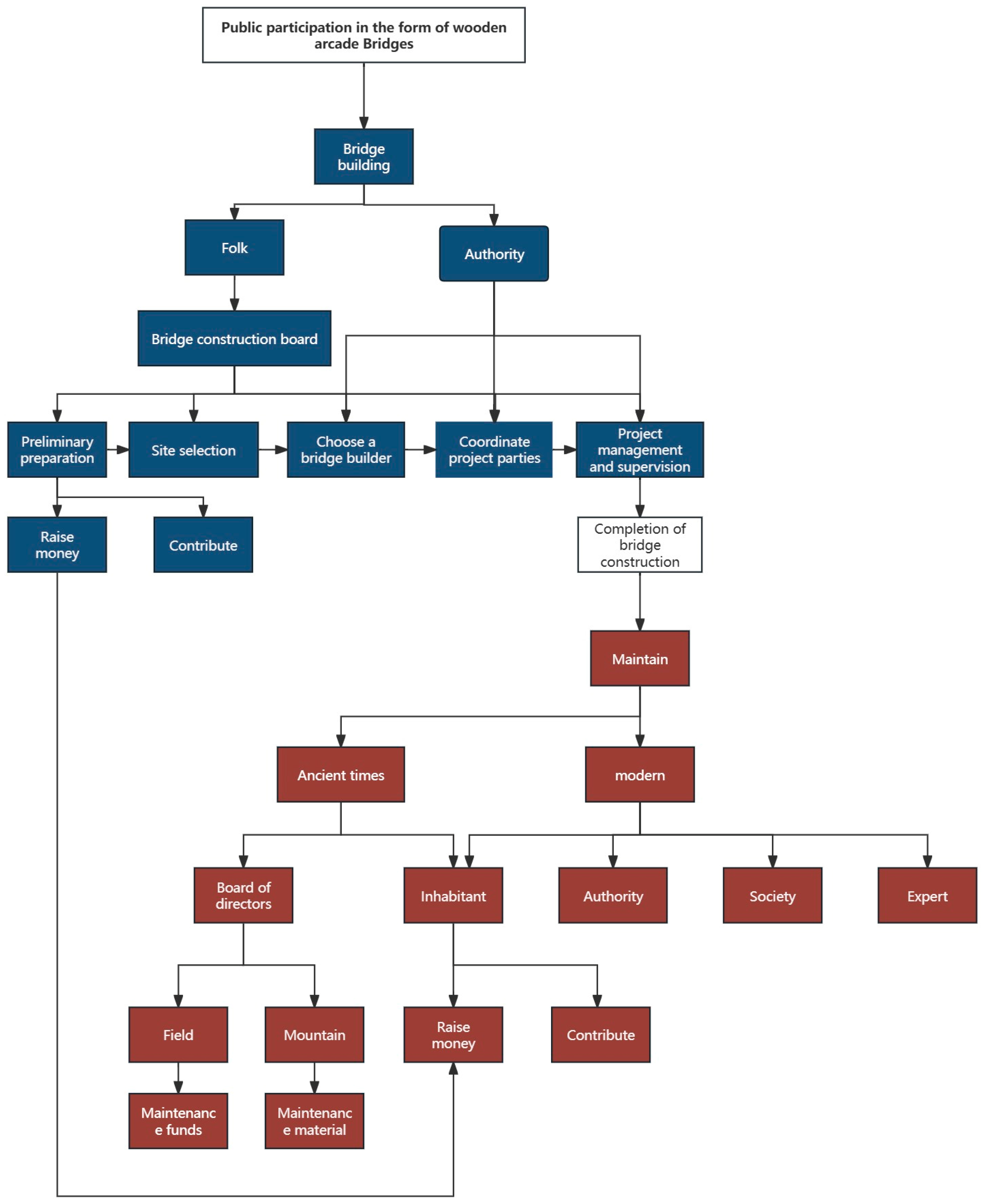
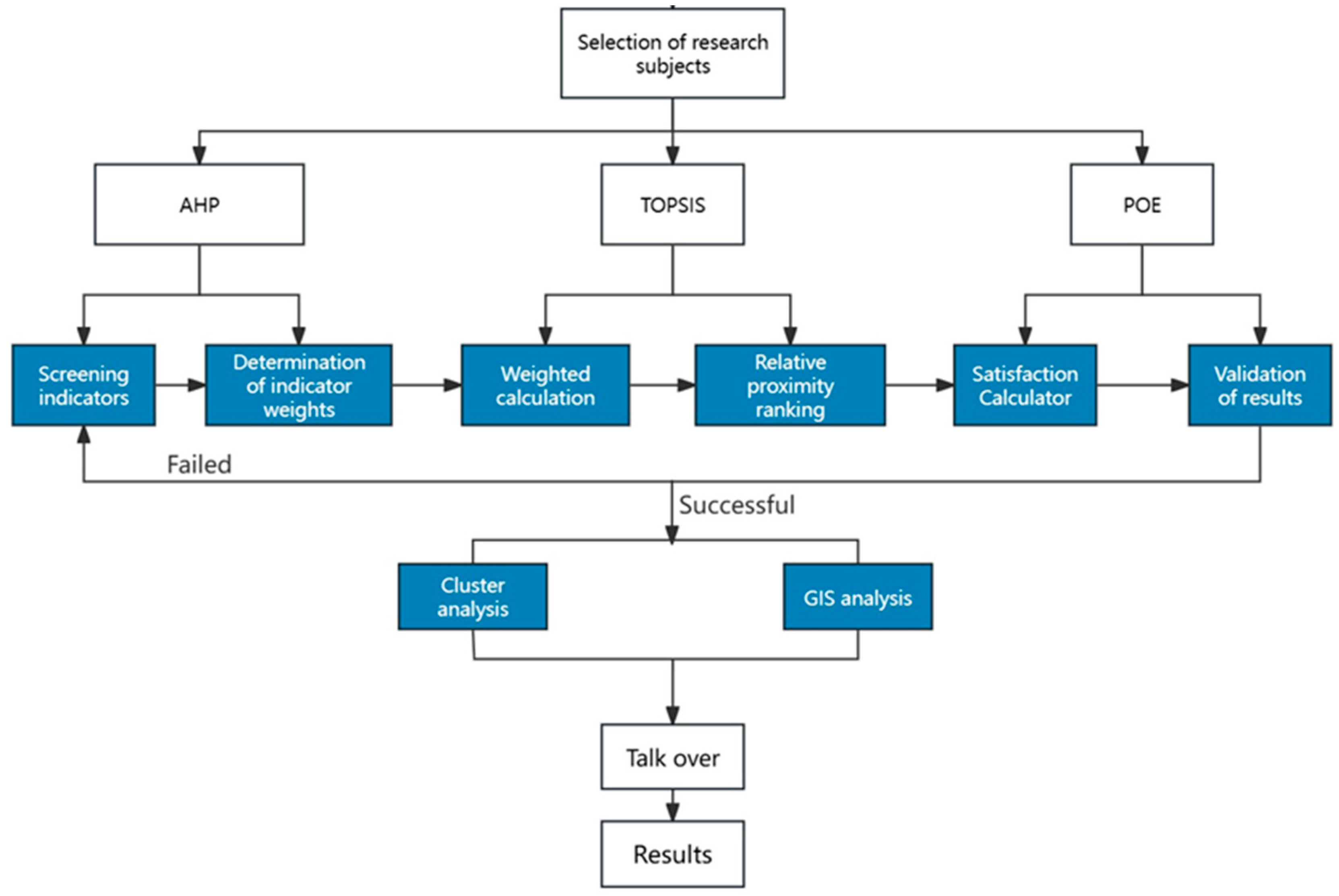
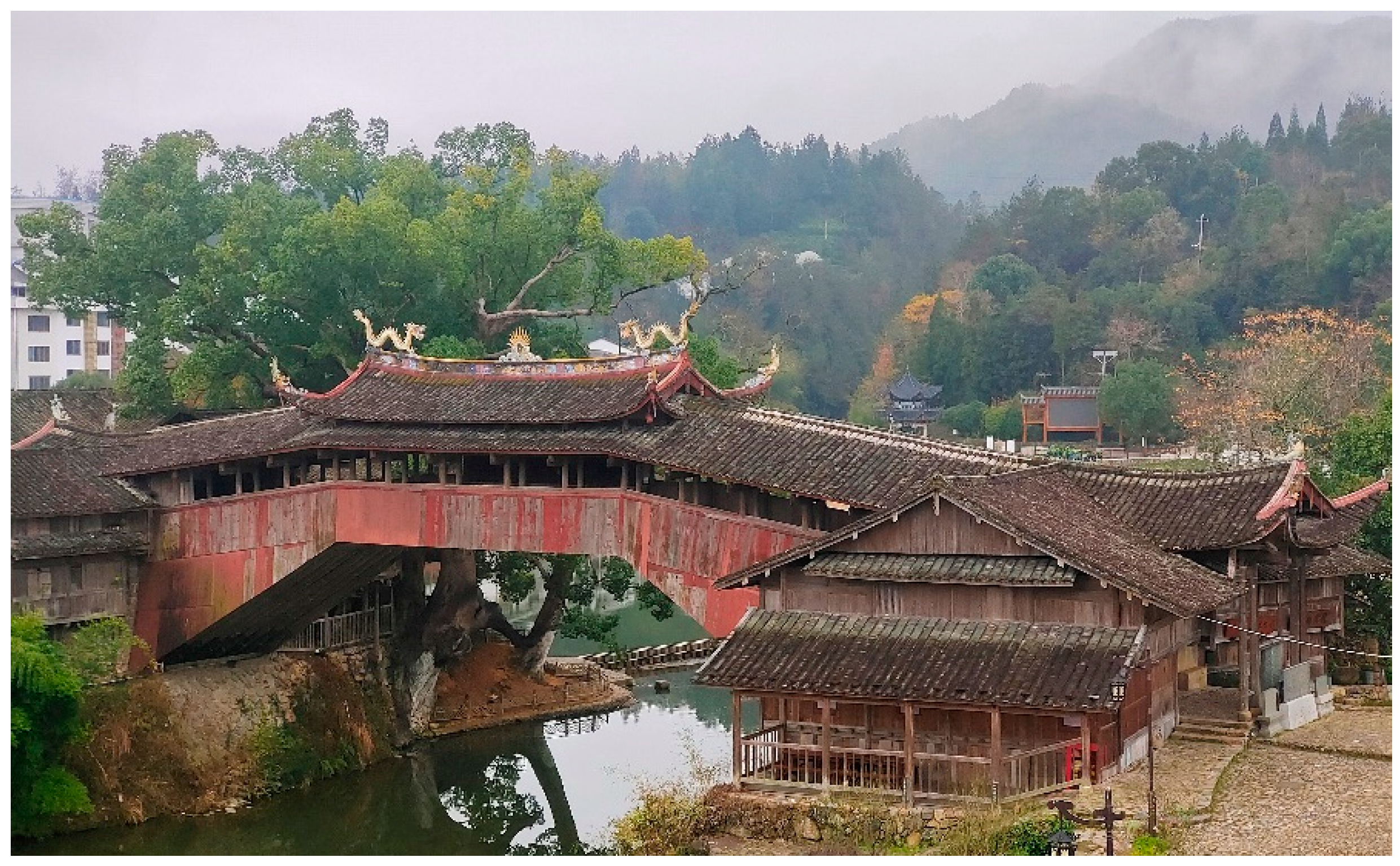
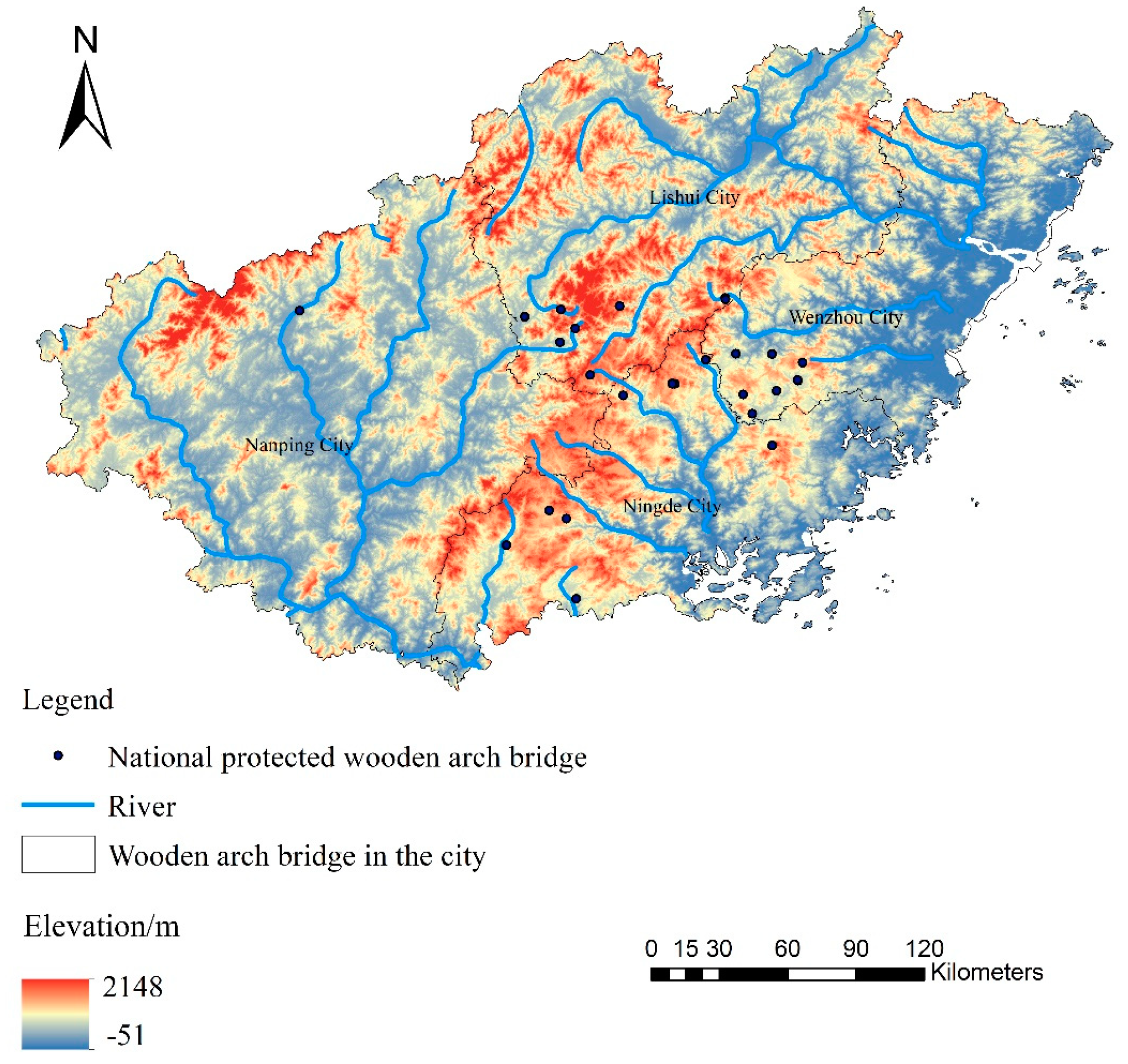

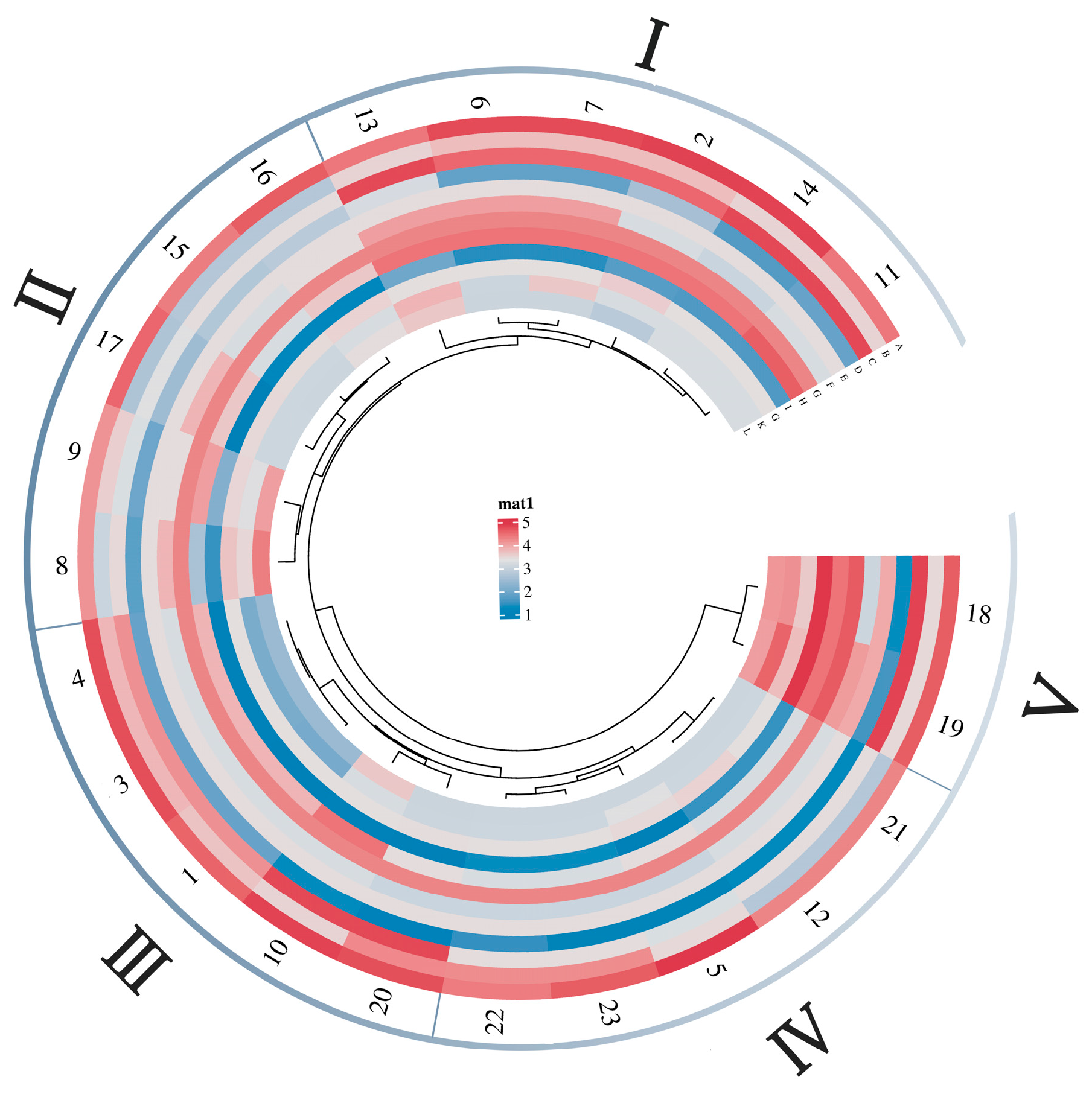


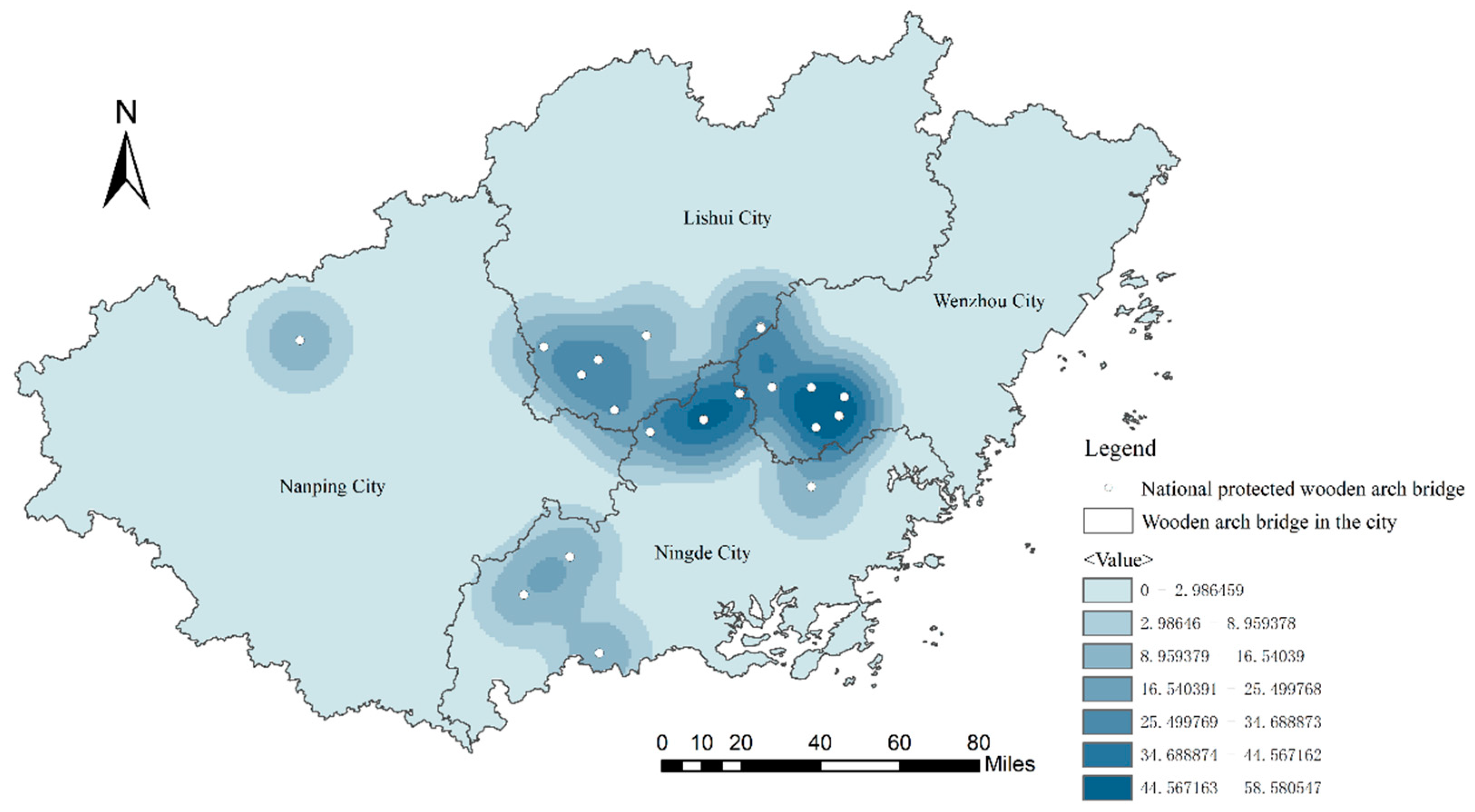
| S.N. | Add. | Name | Abb. | S.N. | Add. | Name | Abb. |
|---|---|---|---|---|---|---|---|
| 1 | Shouning County, Ningde City | Feiyun Bridge | FY | 13 | Qingyuan County, Lishui City | Rulong Bridge | RL |
| 2 | Shouning County, Ningde City | Luanfeng Bridge | LF | 14 | Qingyuan County, Lishui City | Huangshuich Long Bridge | HS |
| 3 | Shouning County, Ningde City | Shengping Bridge | SP | 15 | Qingyuan County, Lishui City | Hongjun Bridge | HJ |
| 4 | Shouning County, Ningde City | Xiangong Bridge | XG | 16 | Qingyuan County, Lishui City | Yonggui Bridge | YG |
| 5 | Shouning County, Ningde City | Yangmeizhou Bridge | YMZ | 17 | Qingyuan County, Lishui City | Lanxi Bridge | LX |
| 6 | Gutian County, Ningde City | Tiandi Bridge | TD | 18 | Taishun County, Wenzhou City | Xidong Bridge | XD |
| 7 | Zhurong County, Ningde City | Dongyuan Bridge | DY | 19 | Taishun County, Wenzhou City | Beijian Bridge | BJ |
| 8 | Pingnan County, Ningde City | Wan’an Bridge | WA | 20 | Taishun County, Wenzhou City | Chiyuan Bridge | CY |
| 9 | Pingnan County, Ningde City | Qiansheng Bridge | QS | 21 | Taishun County, Wenzhou City | Xianju Bridge | XJ |
| 10 | Wuyishan, Nanping City (county-level city) | Yuqing Bridge | YQ | 22 | Taishun County, Wenzhou City | Wenxing Bridge | WX |
| 11 | Jingning County, Lishui City | Dongkeng Shang Bridge | DKS | 23 | Taishun County, Wenzhou City | Xuezhai Bridge | XZ |
| 12 | Jingning County, Lishui City | Dongkeng Xia Bridge | DKX |
| System–Level | Standardized Layer | Indicator Layer | Descriptive | Source |
|---|---|---|---|---|
| Endogenous forces 0.263 | Resident participation 0.395 | Observance of village rules 0.300 | Residents’ compliance with village rules related to the protection of cultural heritage. | [25,26,27] |
| Daily care 0.700 | Participation of the population in the daily protection of cultural heritage. | [25,26,27,28] | ||
| Cadre participation 0.605 | Regulating the extent of cultural heritage 0.610 | Cadres’ efforts to develop and monitor the implementation of cultural heritage protection measures. | [28,29,30] | |
| Science and education advocacy 0.390 | Community awareness-raising and popularization of knowledge about cultural heritage. | [25,26,31,32,33] | ||
| Exogenous forces 0.332 | Government participation 0.232 | Management institutions 0.117 | Institutional development of relevant sectors in the government sector to protect cultural heritage. | [25,30,34,35] |
| Financial investment 0.195 | The government’s annual investment in protecting and publicizing cultural heritage. | [25,26,36] | ||
| Laws and regulations 0.260 | Laws and regulations enacted by the government for the protection of cultural heritage. | [25,26,37] | ||
| Infrastructure 0.428 | Infrastructure, such as fire hydrants and surveillance facilities, built to protect cultural heritage. | [26,29,32] | ||
| Social participation 0.482 | Number of enterprises in the scene 0.41 | Lodgings, hotels, souvenir stores, restaurants, etc., operating in cultural heritage sites. | [29,36,38,39,40] | |
| Social participation willingness 0.59 | The willingness of non-governmental organizations, tourists, volunteers, and citizens to participate in protecting cultural heritage. | [25,36,41] | ||
| Expert participation 0.286 | Degree of planning completion 0.74 | Completion of the plans formulated by experts for the protection of cultural heritage. | [25,36,42] | |
| Frequency of participation in guidance 0.26 | Number of field visits to cultural heritage by experts per year. | [25] |
| Serial Number | Abbreviation | Serial Number | Abbreviation | Serial Number | Indicator Layer |
|---|---|---|---|---|---|
| 1 | FY | 13 | HS | A | Observance of village rules |
| 2 | LF | 14 | HJ | B | Daily care |
| 3 | SP | 15 | YG | C | Regulating the extent of cultural heritage |
| 4 | XG | 16 | LX | D | Science and education advocacy |
| 5 | TD | 17 | YMZ | E | Management institutions |
| 6 | DY | 18 | XD | F | Financial investment |
| 7 | WA | 19 | BJ | G | Financial investment |
| 8 | QS | 20 | CY | H | Laws and regulations |
| 9 | YQ | 21 | XJ | I | Infrastructure |
| 10 | DKS | 22 | WX | G | Number of enterprises in the scene |
| 11 | DKX | 23 | XZ | K | Social participation willingness |
| 12 | RL | L | Frequency of participation in guidance |
| 2019 | 2020 | 2021 | 2022 | 2023 | Average Value | |
|---|---|---|---|---|---|---|
| FY | 2.7333 | 2.7655 | 2.8983 | 3.3092 | 3.6078 | 3.06282 |
| LF | 3.4659 | 3.1147 | 3.2846 | 3.4983 | 3.9652 | 3.46574 |
| SP | 2.7592 | 2.7914 | 2.9242 | 3.3092 | 3.6078 | 3.07836 |
| XG | 2.7592 | 2.7914 | 2.9242 | 3.3092 | 3.6078 | 3.07836 |
| YMZ | 2.6664 | 2.7604 | 2.8529 | 3.0680 | 3.3945 | 2.94844 |
| TD | 3.0128 | 3.1106 | 3.2980 | 3.5527 | 3.8104 | 3.3569 |
| DY | 3.0128 | 3.1106 | 3.4106 | 3.6653 | 3.9230 | 3.42446 |
| WA | 2.8729 | 2.8383 | 3.0520 | 3.2474 | 3.2525 | 3.05262 |
| QS | 2.7904 | 2.9240 | 3.1906 | 3.4215 | 3.7028 | 3.20586 |
| YQ | 3.0206 | 3.1183 | 3.2276 | 3.4586 | 3.6570 | 3.29642 |
| DKS | 2.5726 | 2.6704 | 2.7822 | 3.0581 | 3.2618 | 2.86902 |
| DKX | 2.5726 | 2.6704 | 2.7822 | 3.0581 | 3.2618 | 2.86902 |
| RL | 3.1320 | 3.3349 | 3.6650 | 4.0210 | 4.2256 | 3.6757 |
| HS | 3.1533 | 3.1879 | 3.2948 | 3.5420 | 3.7799 | 3.39158 |
| HJ | 2.8978 | 3.0166 | 2.8129 | 3.0579 | 3.2616 | 3.00936 |
| YG | 2.7069 | 2.9309 | 3.0487 | 3.4422 | 3.3620 | 3.09814 |
| LX | 2.7588 | 2.8107 | 2.9148 | 3.1053 | 3.3114 | 2.9802 |
| XD | 3.6346 | 3.7297 | 3.8682 | 4.0221 | 4.1466 | 3.88024 |
| BJ | 3.7037 | 3.7988 | 3.9373 | 4.0912 | 4.3419 | 3.97458 |
| CY | 3.0569 | 3.1336 | 3.2244 | 3.3759 | 3.5248 | 3.26312 |
| XJ | 3.1255 | 3.1812 | 3.3440 | 3.5868 | 3.7827 | 3.40404 |
| WX | 2.8476 | 2.8823 | 2.9520 | 3.1959 | 3.4176 | 3.05908 |
| XZ | 2.7912 | 2.8679 | 2.9587 | 3.1937 | 3.3733 | 3.03696 |
| Average value | 2.9586 | 3.0235 | 3.1586 | 3.4169 | 3.6339 | 3.2383 |
| 2019 | 2020 | 2021 | 2022 | 2023 | ||||||
|---|---|---|---|---|---|---|---|---|---|---|
| Relative Proximity | Ranking | Relative Proximity | Ranking | Relative Proximity | Ranking | Relative Proximity | Ranking | Relative Proximity | Ranking | |
| FY | 0.2859 | 16 | 0.2546 | 18 | 0.2730 | 18 | 0.4728 | 13 | 0.5146 | 13 |
| LF | 0.5382 | 3 | 0.4418 | 8 | 0.4142 | 9 | 0.5063 | 8 | 0.5820 | 4 |
| SP | 0.3173 | 13 | 0.2993 | 13 | 0.2942 | 16 | 0.4745 | 11 | 0.5220 | 10 |
| XG | 0.3173 | 13 | 0.2993 | 13 | 0.2942 | 16 | 0.4745 | 11 | 0.5220 | 10 |
| YMZ | 0.2463 | 18 | 0.2555 | 17 | 0.2454 | 19 | 0.3020 | 18 | 0.3529 | 18 |
| TD | 0.4383 | 9 | 0.4417 | 9 | 0.4128 | 10 | 0.5144 | 7 | 0.5440 | 7 |
| DY | 0.4383 | 9 | 0.4417 | 9 | 0.4453 | 7 | 0.5330 | 4 | 0.5620 | 5 |
| WA | 0.2757 | 17 | 0.2235 | 20 | 0.3385 | 12 | 0.3005 | 19 | 0.4261 | 14 |
| QS | 0.2278 | 20 | 0.2370 | 19 | 0.3560 | 11 | 0.3370 | 17 | 0.3592 | 16 |
| YQ | 0.4794 | 8 | 0.4833 | 7 | 0.4408 | 8 | 0.4936 | 9 | 0.5286 | 9 |
| DKS | 0.1537 | 22 | 0.1400 | 22 | 0.1279 | 22 | 0.2864 | 22 | 0.2786 | 21 |
| DKX | 0.1537 | 22 | 0.1400 | 22 | 0.1279 | 22 | 0.2864 | 22 | 0.2786 | 21 |
| RL | 0.4938 | 7 | 0.5106 | 4 | 0.5352 | 3 | 0.5986 | 2 | 0.5995 | 2 |
| HS | 0.5018 | 5 | 0.4927 | 5 | 0.4508 | 5 | 0.5147 | 6 | 0.5441 | 6 |
| HJ | 0.3027 | 15 | 0.2958 | 15 | 0.1636 | 21 | 0.2996 | 20 | 0.2899 | 20 |
| YG | 0.2080 | 21 | 0.2558 | 16 | 0.2998 | 15 | 0.4206 | 14 | 0.3193 | 19 |
| LX | 0.2383 | 19 | 0.2146 | 21 | 0.2218 | 20 | 0.2903 | 21 | 0.2742 | 23 |
| XD | 0.5404 | 2 | 0.5454 | 2 | 0.5599 | 2 | 0.5796 | 3 | 0.5869 | 3 |
| BJ | 0.6682 | 1 | 0.6815 | 1 | 0.6924 | 1 | 0.7158 | 1 | 0.7829 | 1 |
| CY | 0.5127 | 4 | 0.5118 | 3 | 0.4787 | 4 | 0.4931 | 10 | 0.5167 | 12 |
| XJ | 0.4963 | 6 | 0.4844 | 6 | 0.4463 | 6 | 0.5219 | 5 | 0.5334 | 8 |
| WX | 0.3427 | 11 | 0.3285 | 12 | 0.3205 | 14 | 0.4017 | 15 | 0.3652 | 15 |
| XZ | 0.3390 | 12 | 0.3359 | 11 | 0.3294 | 13 | 0.3999 | 16 | 0.3570 | 17 |
| Satisfaction | Relative Proximity | Satisfaction Ranking | Relative Proximity Ranking | Error | |
|---|---|---|---|---|---|
| DY | 3.7846 | 0.5146 | 13 | 13 | 0.0000 |
| LF | 3.8735 | 0.5820 | 5 | 4 | 0.0435 |
| SP | 3.7957 | 0.5220 | 10 | 10 | 0.0000 |
| XG | 3.7889 | 0.5220 | 12 | 11 | 0.0435 |
| TD | 3.8178 | 0.5440 | 8 | 7 | 0.0435 |
| DY | 3.9338 | 0.5620 | 3 | 5 | −0.0870 |
| YQ | 3.8259 | 0.5286 | 7 | 9 | −0.0870 |
| RL | 3.8753 | 0.5995 | 4 | 2 | 0.0870 |
| HS | 3.8320 | 0.5441 | 6 | 6 | 0.0000 |
| XJ | 3.8022 | 0.5334 | 9 | 8 | 0.0435 |
| WX | 3.7723 | 0.3652 | 14 | 15 | −0.0435 |
| XZ | 3.6579 | 0.3570 | 17 | 17 | 0.0000 |
| DKS | 3.4701 | 0.2786 | 23 | 21 | 0.0870 |
| DKX | 3.5132 | 0.2786 | 21 | 22 | −0.0435 |
| HJ | 3.5163 | 0.2899 | 20 | 20 | 0.0000 |
| YG | 3.5585 | 0.3193 | 19 | 19 | 0.0000 |
| LX | 3.4768 | 0.2742 | 22 | 23 | −0.0435 |
| WA | 3.7556 | 0.4261 | 15 | 14 | 0.0435 |
| QS | 3.7543 | 0.3592 | 16 | 16 | 0.0000 |
| YMZ | 3.6098 | 0.3529 | 18 | 18 | 0.0000 |
| XD | 3.9681 | 0.5869 | 2 | 3 | −0.0435 |
| BJ | 4.0554 | 0.7829 | 1 | 1 | 0.0000 |
| CY | 3.7907 | 0.5167 | 11 | 12 | −0.0435 |
Disclaimer/Publisher’s Note: The statements, opinions and data contained in all publications are solely those of the individual author(s) and contributor(s) and not of MDPI and/or the editor(s). MDPI and/or the editor(s) disclaim responsibility for any injury to people or property resulting from any ideas, methods, instructions or products referred to in the content. |
© 2024 by the authors. Licensee MDPI, Basel, Switzerland. This article is an open access article distributed under the terms and conditions of the Creative Commons Attribution (CC BY) license (https://creativecommons.org/licenses/by/4.0/).
Share and Cite
Han, Y.-W.; Chen, Y.-B.; Zhao, S.-Y.; Chen, J.-L.; Peng, D.-H. Geographical Factors Influencing Public Participation in Architectural Heritage Conservation: A Case Study of Chinese Wooden Arch Corridor Bridges. Buildings 2024, 14, 2669. https://doi.org/10.3390/buildings14092669
Han Y-W, Chen Y-B, Zhao S-Y, Chen J-L, Peng D-H. Geographical Factors Influencing Public Participation in Architectural Heritage Conservation: A Case Study of Chinese Wooden Arch Corridor Bridges. Buildings. 2024; 14(9):2669. https://doi.org/10.3390/buildings14092669
Chicago/Turabian StyleHan, Yi-Wei, Yan-Bing Chen, Si-Yan Zhao, Jin-Liao Chen, and Dong-Hui Peng. 2024. "Geographical Factors Influencing Public Participation in Architectural Heritage Conservation: A Case Study of Chinese Wooden Arch Corridor Bridges" Buildings 14, no. 9: 2669. https://doi.org/10.3390/buildings14092669
APA StyleHan, Y.-W., Chen, Y.-B., Zhao, S.-Y., Chen, J.-L., & Peng, D.-H. (2024). Geographical Factors Influencing Public Participation in Architectural Heritage Conservation: A Case Study of Chinese Wooden Arch Corridor Bridges. Buildings, 14(9), 2669. https://doi.org/10.3390/buildings14092669





